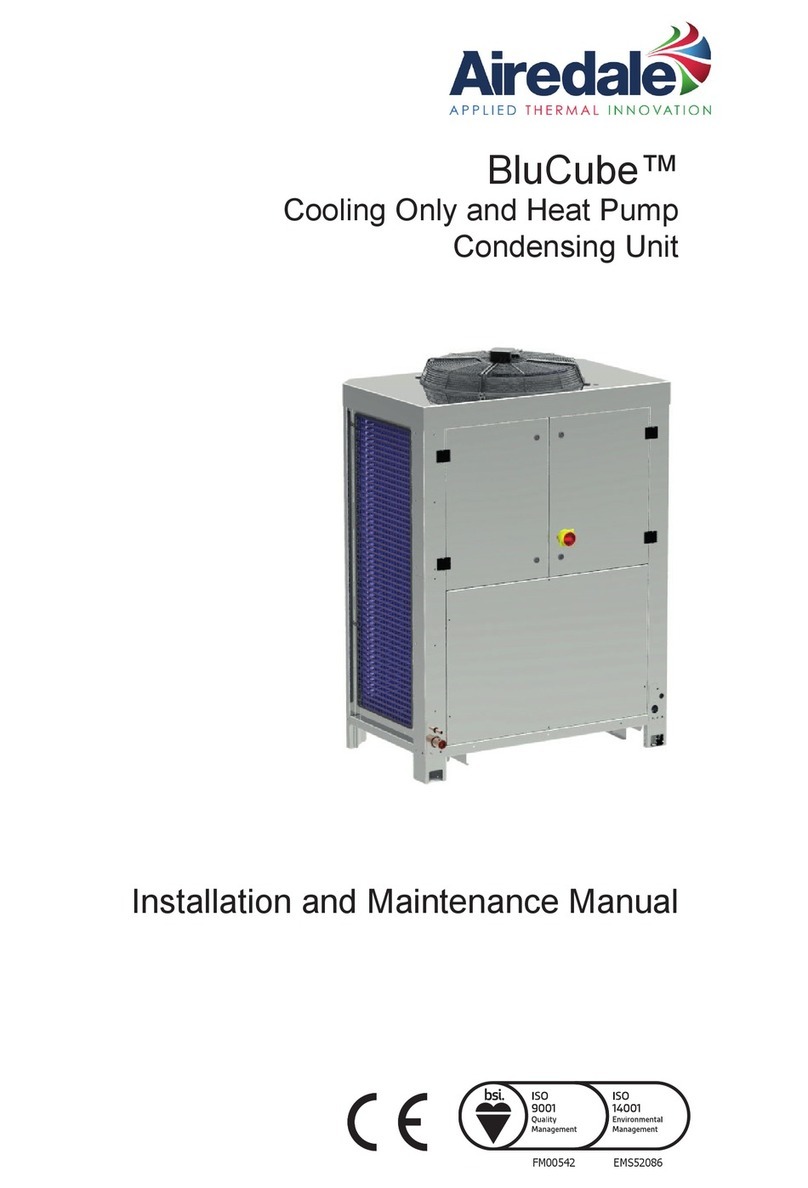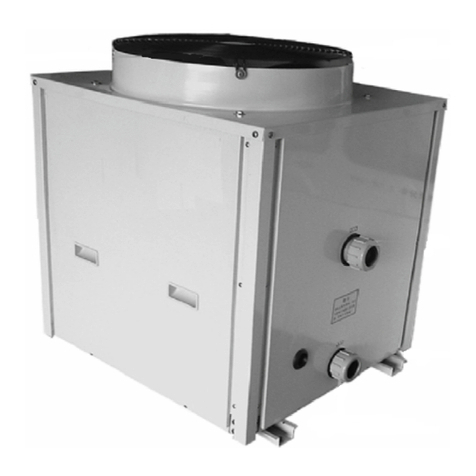
LUX-V SERIES
INSTALLATION & OPERATION MANUAL
TABLE OF CONTENTS
1. FOREWARD ...........................................................................................................................................................................................................3
1.1 WARNINGS .................................................................................................................................................................................................3
2. SPECIFICATIONS.................................................................................................................................................................................................4
2.1 PERFORMANCE DATA ..........................................................................................................................................................................4
2.2 DIMENSIONS..............................................................................................................................................................................................5
3. INSTALL & CONNECTION ...............................................................................................................................................................................6
3.1 INSTALLATION DIAGRAM ...................................................................................................................................................................6
3.2 LOCATION OF INSTALLATION ..........................................................................................................................................................6
3.3 PLUMBING OF THE UNIT .....................................................................................................................................................................6
3.4 ELECTRICAL WIRING .............................................................................................................................................................................7
3.5 FIRST TIME STARTUP .............................................................................................................................................................................7
4. USE & OPERATION .............................................................................................................................................................................................8
4.1 THE CONTROL PANEL ...........................................................................................................................................................................8
4.2 USING THE CONTROL PANEL ............................................................................................................................................................8
4.2.1 ON/OFF MODE.....................................................................................................................................................................................8
4.2.2 SWITCHING MODES.........................................................................................................................................................................9
4.2.3 SETTING THE TEMPERATURE.......................................................................................................................................................9
4.2.4 CLOCK SETTINGS................................................................................................................................................................................9
4.2.5 TIMER SETTINGS ..............................................................................................................................................................................10
4.2.6 SILENT SETTINGS.............................................................................................................................................................................11
4.2.7 KEYBOARD LOCK ............................................................................................................................................................................11
4.2.8 FAULT INTERFACE ..........................................................................................................................................................................11
4.3 TROUBLESHOOTING GUIDE...........................................................................................................................................................12
5. WI-FI OPERATION ...........................................................................................................................................................................................14
5.1 INTRODUCTION....................................................................................................................................................................................14
5.2 INSTALLATION .......................................................................................................................................................................................14
5.3 APP SETUP................................................................................................................................................................................................15
5.3.1 CREATE AN ACCOUNT..................................................................................................................................................................15
5.3.2 ADD YOUR DEVICE & CONFIGURE WI-FI ............................................................................................................................15
5.3.3 DEVICE MANAGEMENT................................................................................................................................................................17
6. MAINTENANCE & INSPECTION ................................................................................................................................................................19
7. APPENDIX............................................................................................................................................................................................................23
7.1 CABLE SPECIFICATIONS ...................................................................................................................................................................23
7.2 REFRIGERANT SATURATION TEMPERATURE ........................................................................................................................23
7.3 INTERFACE DIAGRAMS .....................................................................................................................................................................23
7.4 WIRING DIAGRAMS.............................................................................................................................................................................25
7.5 WARRANTY TERMS .............................................................................................................................................................................28




























